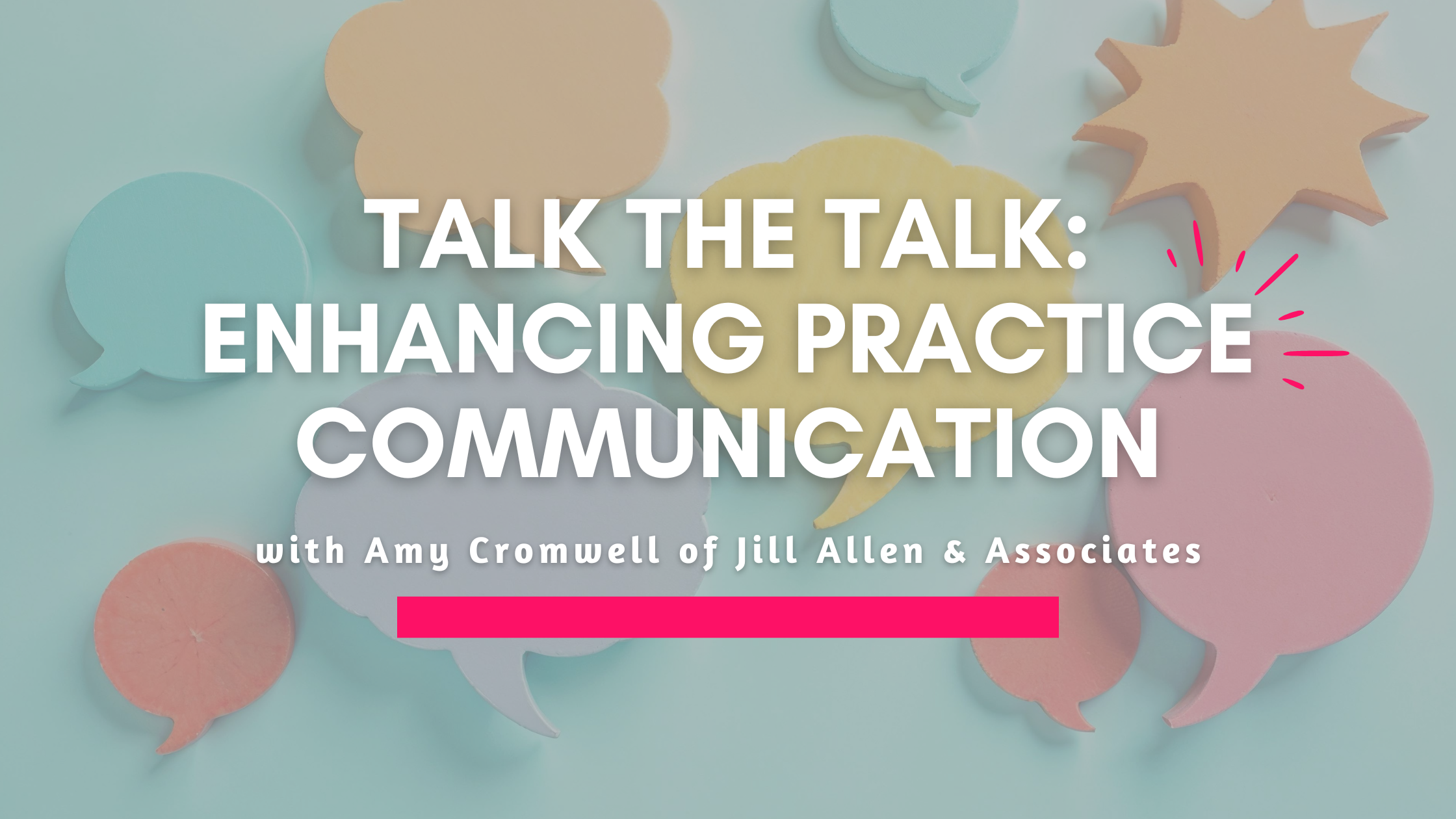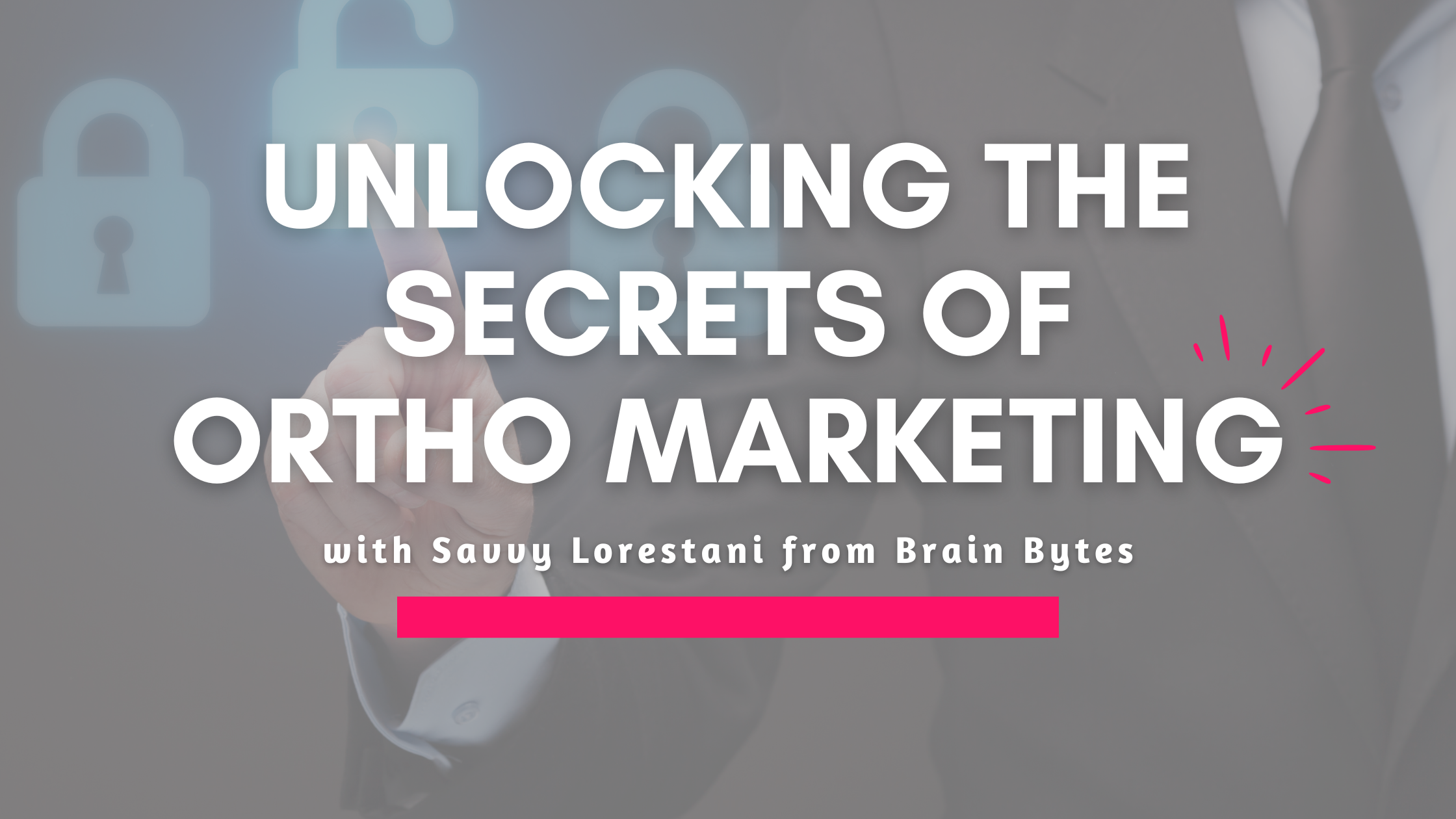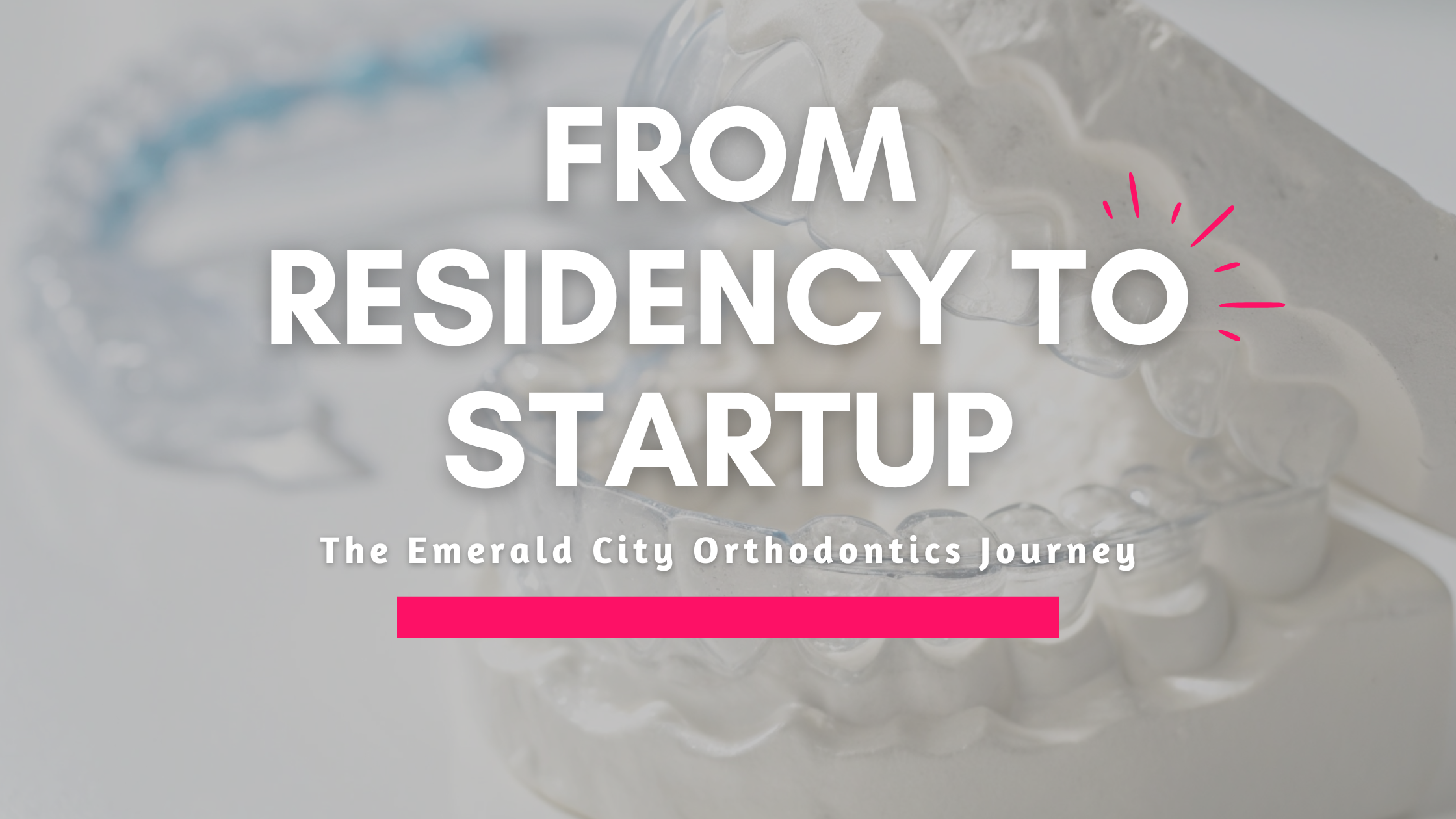2 min read
Enhancing Communication in Orthodontic Practices
In orthodontics, few things impact success more than how we communicate, both with our teams and our patients. On a recent episode of the Hey Docs!...
2 min read
Jill Allen : Thu, Nov 06, 2025 @ 09:30 AM

AI isn’t just coming for the marketing world; it’s already here, reshaping how patients find and choose their orthodontists. In this episode of the Hey Docs! Podcast, host Jill Allen sits down with Jeff Slater from Kaleidoscope to talk about the next big frontier in digital marketing: Answer Engine Optimization (AEO) and Generative Engine Optimization (GEO).
Jeff breaks down how AI is rewriting the rules of search, what orthodontists need to know to stay ahead, and why understanding these new tools could be the difference between leading the pack or getting lost in the algorithm.
Traditional SEO is evolving. Patients aren’t scrolling through endless links anymore; they’re getting instant answers directly in search results through AI-driven summaries. That’s where AEO comes in.
Jeff explains that AEO focuses on helping your practice become the answer. Instead of optimizing for clicks, you’re optimizing for visibility within answers. For orthodontists, that means crafting content that directly addresses patient questions like “What’s the best age for braces?” or “Who’s the top orthodontist near me?” and doing it in clear, structured formats that AI can easily understand.
While AEO focuses on how AI delivers answers in Google searches, GEO (Generative Engine Optimization) looks at how AI tools like ChatGPT, Gemini, and Perplexity pull and interpret information.
Patients are starting to ask these AI assistants complex, conversational questions about treatment options, pricing, and doctor recommendations. GEO ensures your practice’s online presence is ready to be part of those answers across every digital touchpoint.
1. Speak the language of your patients.
The days of keyword stuffing are over. Frame your content around questions and answers like a digital FAQ that anticipates what patients are really asking.
2. Go mobile or go home.
AI-driven search engines prioritize performance, and mobile optimization is non-negotiable. Make sure your site loads fast, reads clean, and feels effortless to navigate.
3. Keep reviews fresh and flowing.
Reviews are no longer just social proof; they’re data points for AI. Encourage satisfied patients to leave feedback regularly to keep your credibility current and searchable.
4. Audit, update, repeat.
AI evolves quickly, and so should your strategy. Schedule quarterly reviews of your web presence to stay aligned with new trends and ranking behaviors. Or, as Jeff puts it, don’t guess, get guidance.
Even in an AI-driven world, your content should sound like it’s written for people, not robots. Authentic, helpful, and trustworthy content doesn’t just win clicks; it builds relationships.
As Jeff reminds us, the goal isn’t to trick the algorithm. It’s to clearly communicate who you are, what you do, and why patients should trust you. The algorithms will follow.
Practices that start adapting to AEO and GEO now will have a major head start. The digital landscape is shifting fast, and orthodontists who embrace these changes early will be the ones setting the standard, not scrambling to catch up.
As Jeff says, “AI isn’t replacing marketers; it’s redefining how we connect.”
So audit your online presence, update your strategy, and start thinking about where your next patient is asking their questions, because chances are, it’s not just on Google anymore.

2 min read
In orthodontics, few things impact success more than how we communicate, both with our teams and our patients. On a recent episode of the Hey Docs!...

1 min read
Marketing an orthodontic practice isn’t what it used to be (goodbye Yellow Pages, hello Google reviews). On a recent Hey Docs! episode, Jill Allen...

2 min read
How Two Visionaries Turned a Dream into Emerald City Orthodontics From bold ideas to big results — Dr. Dan Pan and Dr. Fiona Shi didn’t just open a...